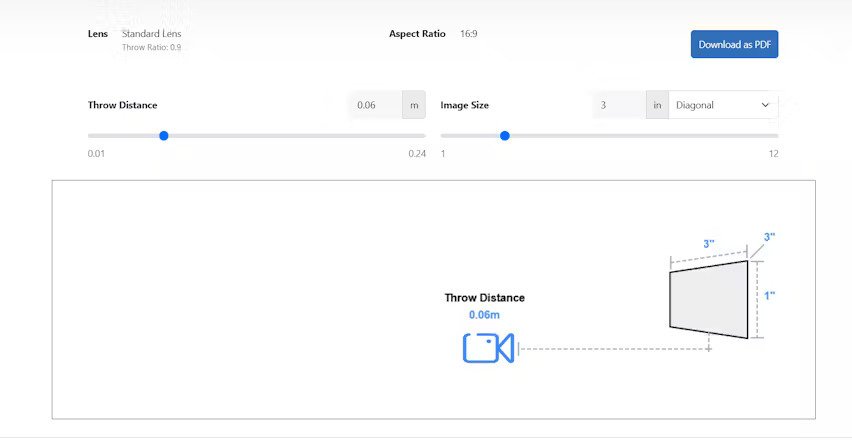Introduction
Water is one of the most critical resources in agriculture, playing a vital role in crop growth, soil health, and overall farm productivity. However, due to climate change, population growth, and inefficient irrigation practices, water scarcity has become a growing concern for farmers worldwide. To address these challenges, leveraging dynamics services and advanced analytics can revolutionize water resource management in agriculture, ensuring optimal water use, minimizing waste, and increasing overall sustainability.
The Role of Dynamics Analytics in Water Resource Management
Dynamics analytics refers to the use of real-time data collection, machine learning algorithms, and predictive analytics to optimize water distribution and usage in agricultural settings. By integrating dynamics services, farmers can achieve the following benefits:
- Efficient Water Allocation: Real-time data helps determine where and when water is needed the most.
- Minimizing Waste: Advanced analytics reduce water loss due to over-irrigation, evaporation, or leaks.
- Sustainability: Smart water management practices help conserve natural resources and maintain soil health.
- Cost Reduction: Reduced water consumption leads to lower operational costs for farmers.
Key Components of Water Resource Management Using Dynamics Analytics
1. Real-Time Data Collection and Monitoring
Real-time data is the foundation of efficient water management. Advanced dynamics services use IoT sensors, weather forecasting, and satellite imagery to monitor soil moisture levels, humidity, temperature, and water usage. These data points allow farmers to make informed decisions about irrigation schedules and water distribution.
2. Predictive Analytics for Irrigation Scheduling
Predictive analytics helps farmers anticipate water needs based on weather patterns, soil conditions, and crop type. By using AI-driven dynamics services, farms can:
- Forecast rainfall and adjust irrigation accordingly.
- Identify patterns in water consumption and optimize distribution.
- Prevent water stress in crops by ensuring timely irrigation.
3. Precision Irrigation Systems
Modern precision irrigation techniques, such as drip and sprinkler irrigation, benefit from dynamics services to regulate water flow efficiently. By integrating analytics, these systems can:
- Automatically adjust water levels based on real-time soil moisture data.
- Reduce runoff and evaporation losses.
- Ensure even water distribution across fields.
4. Remote Sensing and GIS Mapping
Geographic Information Systems (GIS) and remote sensing technologies provide valuable insights into water availability and distribution. These tools work in conjunction with dynamics services to:
- Create detailed maps of water sources and soil moisture levels.
- Detect leaks or inefficiencies in irrigation networks.
- Improve watershed management and conservation strategies.
5. Smart Decision-Making with AI and Machine Learning
Artificial Intelligence (AI) and machine learning algorithms help analyze vast amounts of data collected through dynamics services to generate actionable insights. By applying AI-powered models, farmers can:
- Optimize water use for different crops.
- Identify areas prone to water stress.
- Implement proactive measures to mitigate drought effects.
Case Studies: Successful Implementation of Dynamics Analytics in Agriculture
Case Study 1: Water Conservation in California Vineyards
California’s vineyards have faced severe water shortages due to prolonged droughts. By implementing dynamics services and real-time soil moisture sensors, vineyard owners have:
- Reduced water consumption by 30%.
- Improved grape quality by ensuring optimal hydration levels.
- Lowered operational costs through precision irrigation.
Case Study 2: Smart Farming in Australia
Australian farmers have adopted AI-powered dynamics services to optimize irrigation. With the help of predictive analytics, they have:
- Increased crop yields by 20%.
- Reduced water waste by detecting leaks in irrigation systems.
- Enhanced resilience against climate variability.
Challenges and Solutions in Implementing Dynamics Analytics
While dynamics services offer numerous benefits, some challenges exist in their implementation:
1. High Initial Investment
Installing IoT sensors, AI-based platforms, and GIS mapping tools can be expensive for small-scale farmers. Solution: Government subsidies, financial assistance programs, and scalable pricing models can help farmers adopt these technologies.
2. Data Management Complexity
Handling large amounts of data from multiple sources can be overwhelming. Solution: Cloud-based dynamics services provide centralized platforms for seamless data integration and analysis.
3. Lack of Technical Knowledge
Farmers may struggle with understanding and utilizing advanced analytics tools. Solution: Training programs and agricultural extension services can bridge the knowledge gap and encourage adoption.
Future Trends in Water Resource Management Using Dynamics Analytics
The future of water resource management in agriculture lies in the continuous advancement of dynamics services and analytics-driven innovations. Key trends include:
- Blockchain for Water Tracking: Ensuring transparency in water usage and distribution.
- AI-Powered Decision Support Systems: Providing automated recommendations for irrigation strategies.
- Integration with Climate-Resilient Farming Practices: Enhancing adaptability to climate change.
- 5G Connectivity for IoT Devices: Enabling faster and more accurate data transmission for real-time water management.
Conclusion
Optimizing water resource management in agriculture is crucial for addressing global water scarcity challenges. By leveraging dynamics services and advanced analytics, farmers can significantly improve efficiency, sustainability, and profitability. While challenges exist, the continued evolution of technology and support from policymakers can drive widespread adoption of smart water management solutions. As we move toward a future of precision agriculture, the role of dynamics services will be pivotal in ensuring water sustainability for generations to come.















Leave a Reply